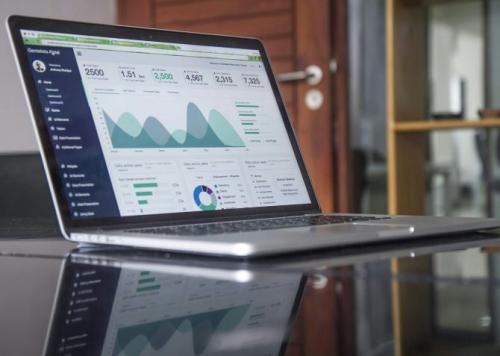Design featuring less text and engaging graphics meant to keep company relevant and could expedite US adoption of integrated reporting
In its ongoing effort to keep up with investors’ requests for more efficient ways to consume data, General Electric issued its first integrated summary report earlier this week. The new report combines information from the company’s annual report, proxy statement and sustainability website.
At 68 pages, the integrated summary is much more streamlined and user-friendly than the much longer reports that many European companies have published in recent years, says Chairman and CEO Jeffrey Immelt. In his letter at the beginning of the summary report, he devotes a lot of space to summarizing the contribution that the financial arm, GE Capital, has made to earnings and earnings growth over the last 25 years and the decision to sell down that business and reinvest its profits in the company’s industrial portfolio to strengthen its core competencies.
But allaying any residual concerns that some investors may have about the shift in business strategy wasn’t one of the motivations for creating the integrated summary, says Christoph Pereira, GE’s chief corporate securities and finance counsel. And although the integrated summary is akin to reports from a growing number of European companies, the latter tend to mesh various traditional – text-centered -- disclosure documents together.
‘Our objective is quite different. We want to make it easy for our investors across multiple dimensions to consume our relevant information,’ he says. ‘That means not just the proxy information, 10K and sustainability [website], but also the way you deliver it, meaning it’s got to be short because nowadays people communicate in a way that’s very visual with few words.’
GE’s integrated summary is a long ways from the triple bottom line approach – emphasizing financial, social and environmental responsibility – taken by Novo Nordisk, a pioneer in integrated reporting that has been at it since 2004. In its 2015 report, the Denmark-based pharmaceuticals company supplements information about 30 percent growth in sales in its diabetes and obesity care segments over the last year with a detailed overview of the growing problem of obesity -- a leading contributor to the proliferation of diabetes in urban centers around the world. Novo Nordisk also discusses its outreach to various markets to address concerns about accessibility to diabetes drugs among low-income populations.
‘The way we think about sustainability is probably slightly different,’ Pereira says. ‘[Our businesses] are all about fuel savings and energy efficiency. The biggest impact we can make as a company is, frankly, winning in the marketplace.’ He cites GE’s locomotives business, whose technologically advanced products meet the Environmental Protection Agency’s Tier 4 emissions standards, which gave GE a big competitive advantage last year over other manufacturers.
He also points to corporate initiatives such as Ecomagination ‘that are very much an amalgamation of business with things that make sense from a sustainability perspective’ such as enhanced resource productivity and reduced environmental impacts of operations. ‘That’s what we’re trying to highlight in the beginning of the sustainability summary. We want to be very relevant in terms of where do we make the biggest difference as GE, as one of the largest companies in the world.’
While Pereira thinks the nature of GE’s industrial products speaks for itself, Mike Krzus, senior advisor on integrated reporting at BrownFlynn, sees parallel opportunities for GE to provide comparable environmental disclosures down the road as its efforts mature.
In the wake of the Paris climate talks in December, ‘there’s a greater emphasis on reducing carbon emissions. A number of GE’s product lines can help their customers do that,’ says Krzus. ‘Locomotives is certainly one area to make them, on one hand, more powerful so they can pull a heavier load.’ And given the health risks related to the very fine pieces of particulate matter in diesel fuel emissions, he sees potential for GE to think about ways to filter those emissions in the future.
Pereira has doubts about whether GE’s report will expedite a broader move toward integrated reporting among other US companies, which have lagged behind their European counterparts. ‘If you wanted to follow our approach to do an integrated summary, you’d have to create a summary of the proxy statement, a summary of your 10K, and a summary of your sustainability report,’ as GE has done in recent years, he says. ‘It’s not a small undertaking. It takes a lot of resources and a lot of support from management and the board to do this. It may not make sense for all companies.’ Initial uncertainty at GE about whether the 10K summary it introduced last year would catch on has diminished with the recent pickup in inquiries from other US firms that are considering it, he adds.
Krzus thinks that assessment is a bit too modest. ‘They will make their own business decisions about whether they’re going to staff this project with five people or 105 people,' he says. Whether or not it's good at integrated reporting yet, ‘the fact that GE is voluntarily doing integrated reporting as a US company is very important to integrated reporting in the US. Their size, their stature, their global presence -- it means a lot. GE is a leader,’ Krzus says.








